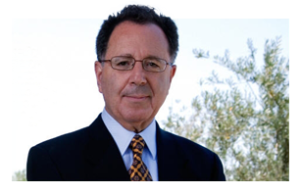Among the many types of white collar crimes that a person in California may have heard about are Ponzi schemes and pyramid schemes. While both of these involve allegations of some type of activity believed to be fraudulent, they are different indeed.
As explained by the United States Securities and Exchange Commission, a Ponzi scheme is a form of investment fraud. It is named after Charles Ponzi who is said to have defrauded investors in the 1920s before the Great Depression. He is said to have taken money from investors but instead of actually investing it, he simply used the money to pay returns to previous investors. This gave the appearance of true returns when in actuality there were no returns because there were no investments.
Some things that may make people believe an investment program is fraudulent are when received returns are routinely high or stable. In many situations, returns are expected to sometimes be lower than other times due to market fluctuations. Another thing people may point to when they think something could be a Ponzi scheme is the promise of higher-than-average returns. Essentially it can be difficult to know if a particular investment is simply that good or if it is actually fraudulent.
A pyramid scheme is similar to a Ponzi scheme but, according to The Balance, it involves multiple people who are recruited to essentially represent the company. Their purpose is to continually recruit new representatives, all of whom financially contribute to the company. These contributions are then used to pay prior investors.




